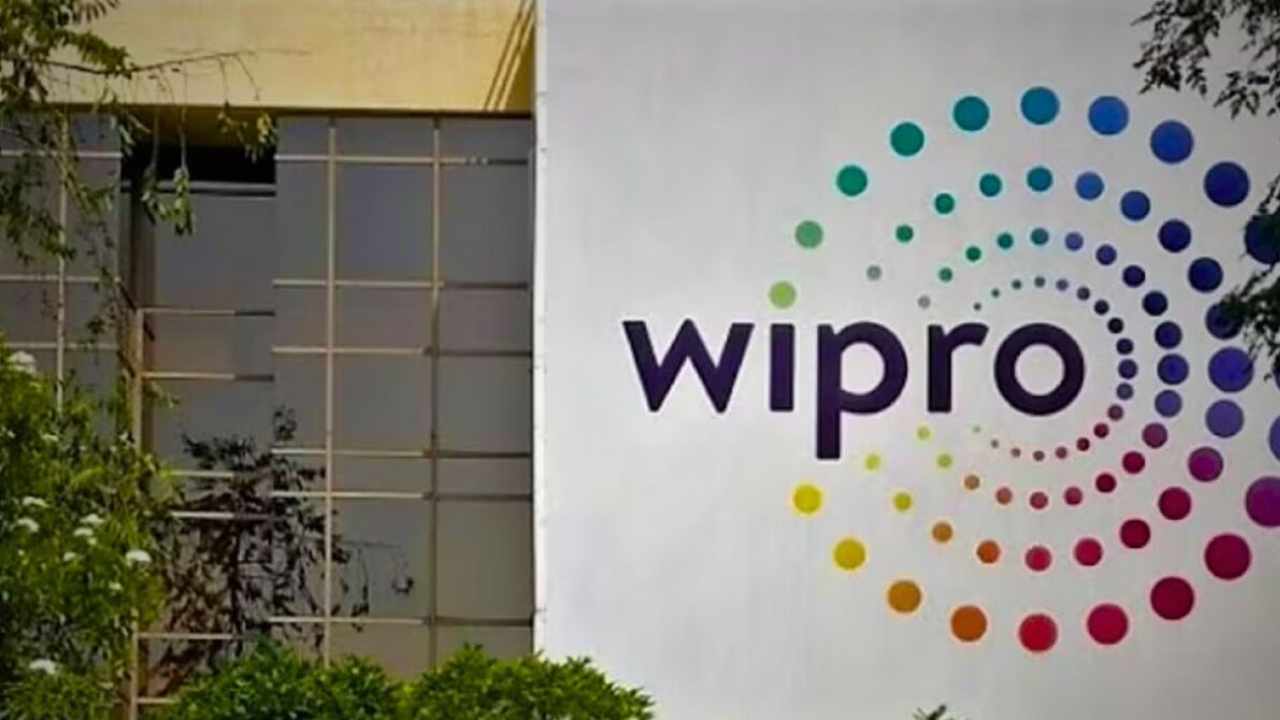Wholesale Inflation Sees Notable Decline in August
Recent data has provided some welcome relief regarding wholesale inflation rates in the country. As of August, wholesale inflation has dropped to 1.31%, marking the lowest level in the past four months. This rate is a decrease from 2.04% recorded in July. The data was released officially on December 17, revealing a significant shift in the inflationary landscape.
Consumer Inflation on the Rise
While wholesale inflation is declining, the same cannot be said for consumer inflation, which rose slightly from 3.6% in July to 3.65% in August. This uptick primarily results from increasing prices in food items, particularly in vegetables, pulses, and grains, coupled with a notable surge in service inflation. The contrasting trends between wholesale and consumer inflation highlight the complexities of the current economic environment.
Outlook on Crude Oil Prices
Looking ahead, there are indicators that wholesale inflation may continue to decrease if crude oil prices in the international market remain stable. Currently, Brent crude prices are hovering around a three-year low of $70 per barrel. Should these prices persist, it is anticipated that wholesale inflation could experience further reductions, positively impacting the overall economy.
Price Changes Across Different Sectors
A breakdown of price changes in August reveals a mixture of declines and increases across various sectors. The prices for certain important commodities showed downward trends:
| Commodity | Price Change (%) |
|---|---|
| Minerals | -2.66% |
| Crude Oil and Natural Gas | -1.84% |
| Food Items | -1.83% |
| Mineral Oils | -0.32% |
| Non-Food Items | 1.65% |
| Electricity | 1.59% |
Consumer Inflation Trends
In the context of consumer inflation, the government released retail inflation data on September 12, which showed an increase to 3.65% in August, up from 3.54% in July. This rise is largely attributed to escalating prices of vegetables, directly affecting the cost of living for consumers. As inflation trends continue to evolve, policymakers will need to address these challenges effectively to stabilize the economic situation.
Conclusion
The current inflation scenario, with declining wholesale rates yet rising consumer prices, presents a mixed picture for the economy. With future trends heavily influenced by global commodity prices, particularly crude oil, stakeholders ranging from consumers to policymakers will need to stay vigilant. Understanding these dynamics is crucial for navigating the complexities of inflation in today’s market.












